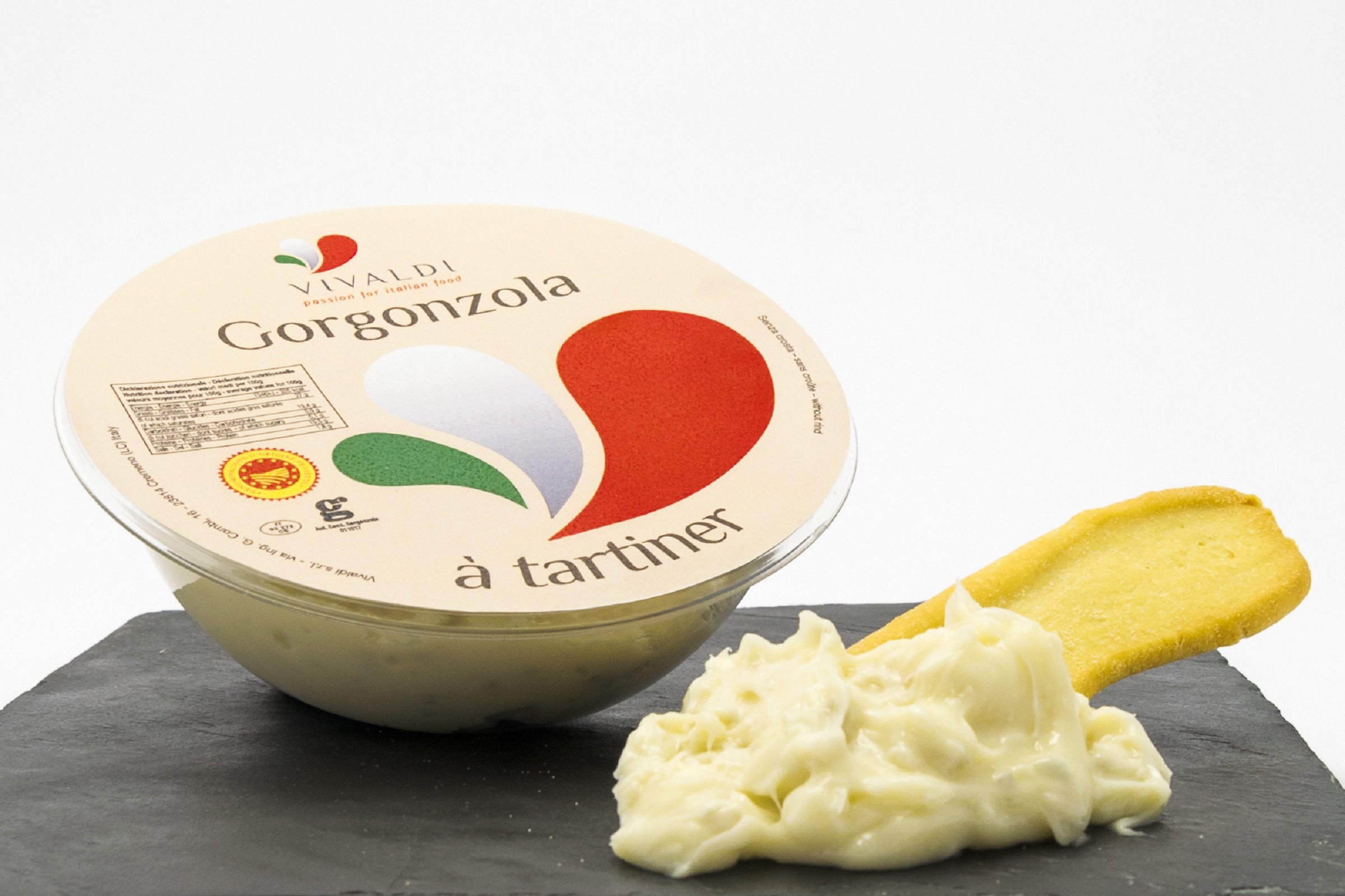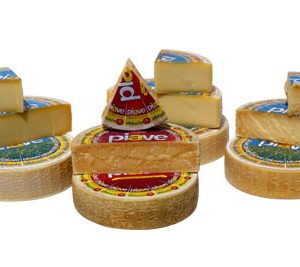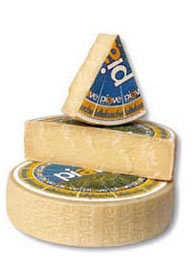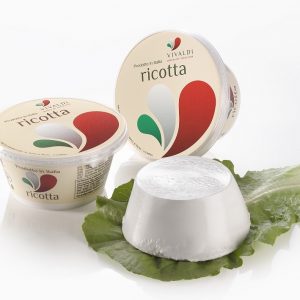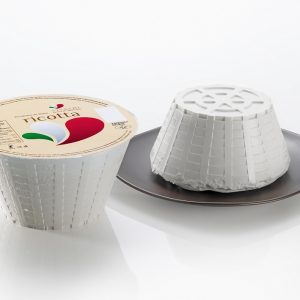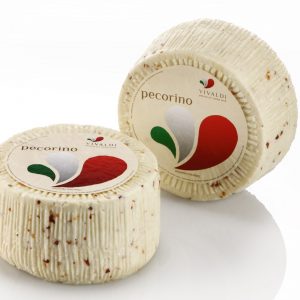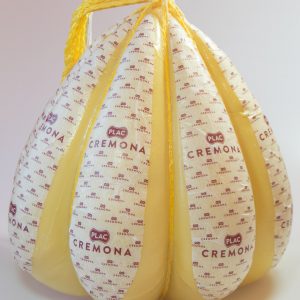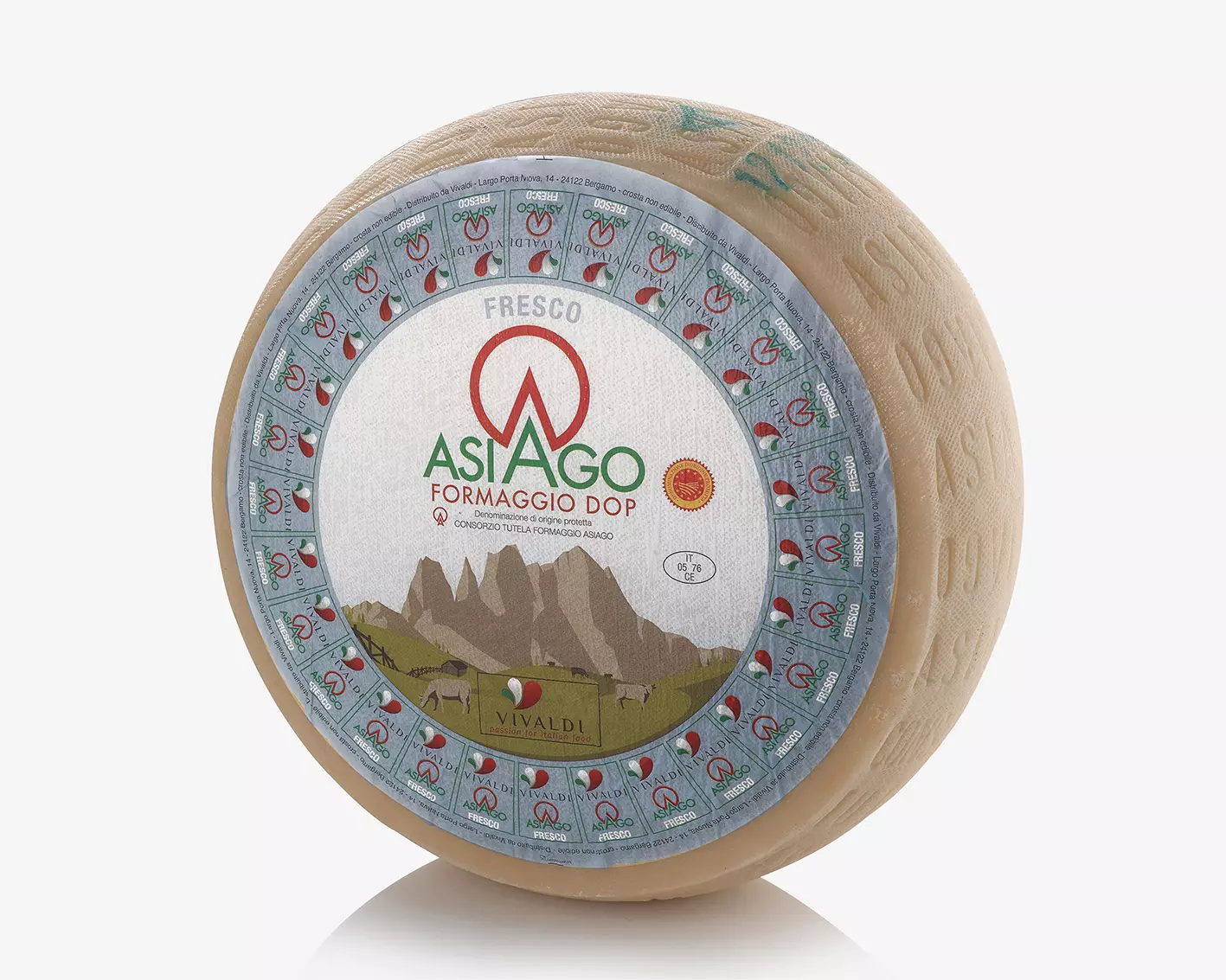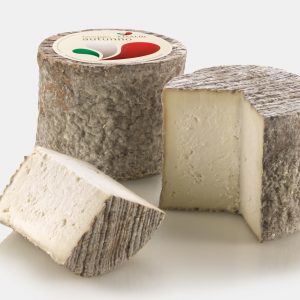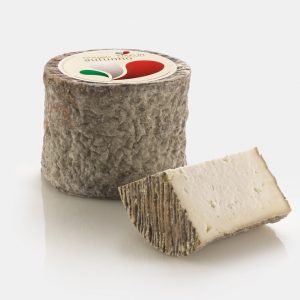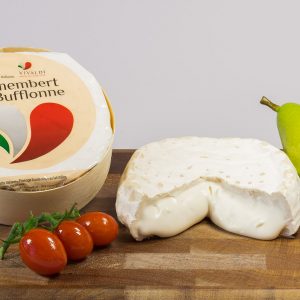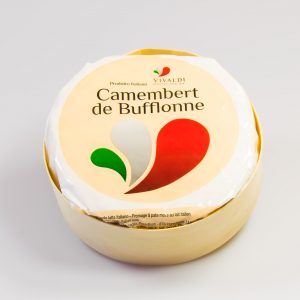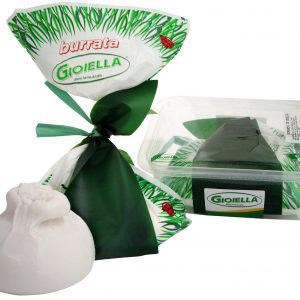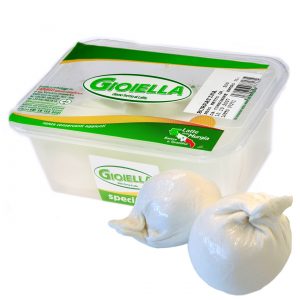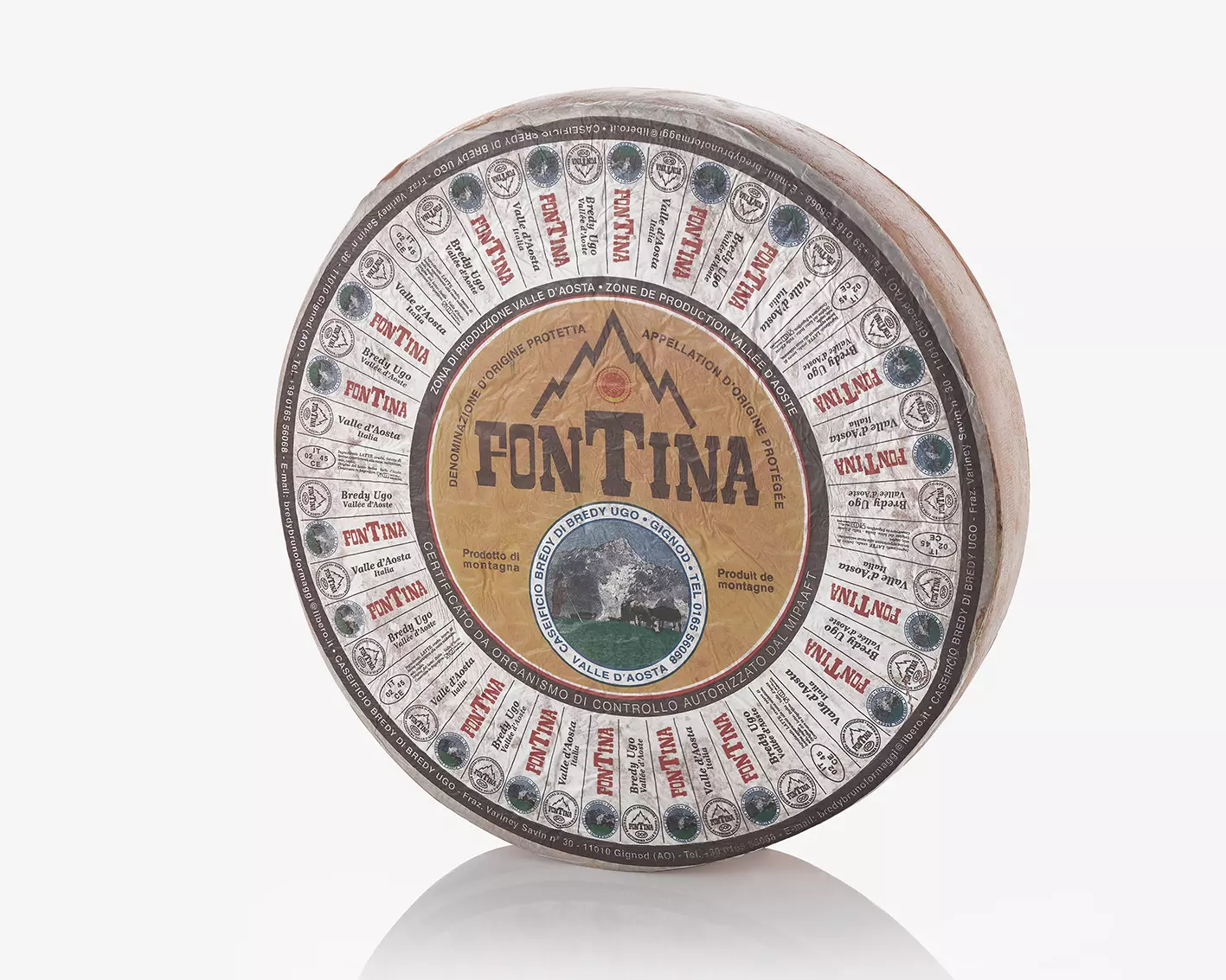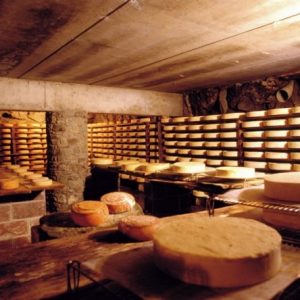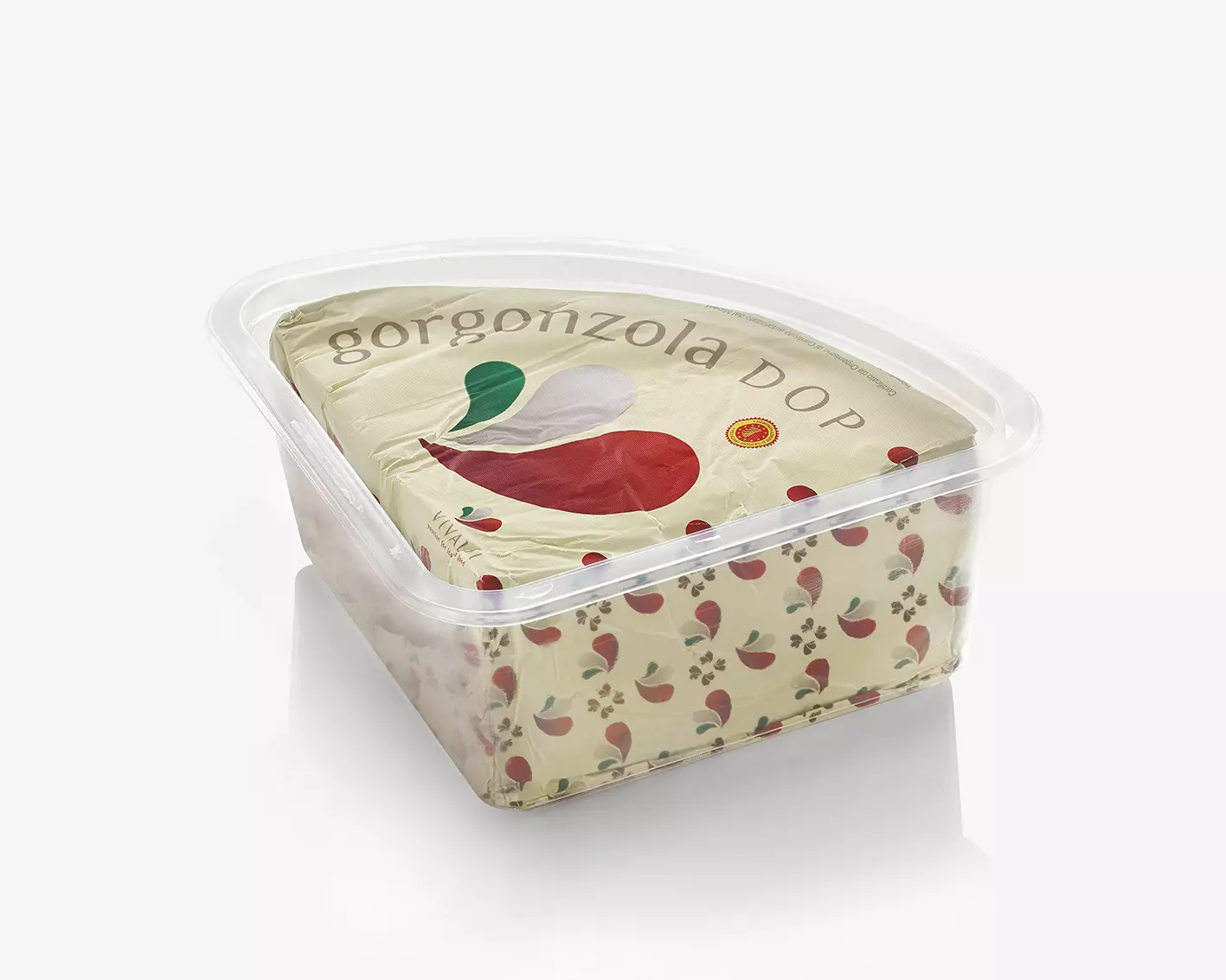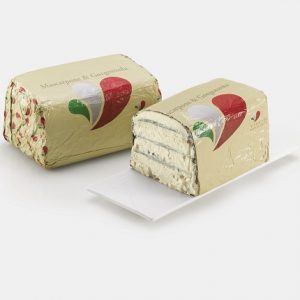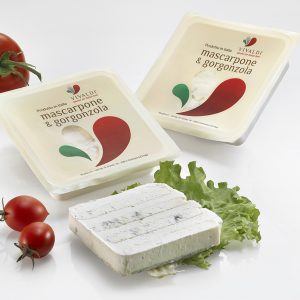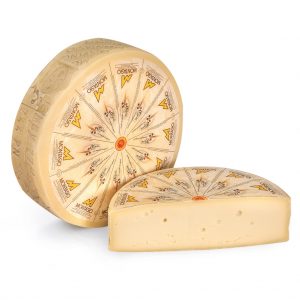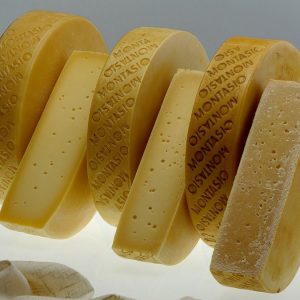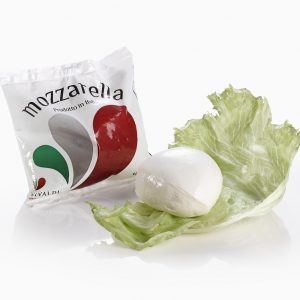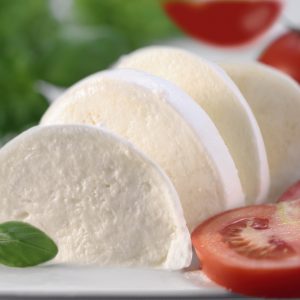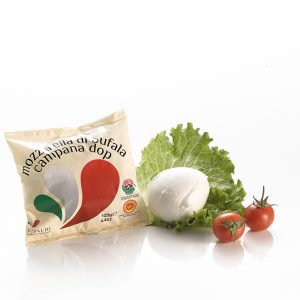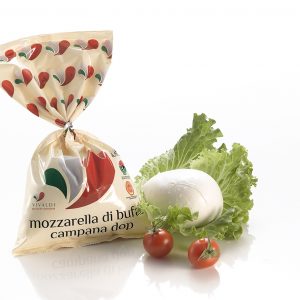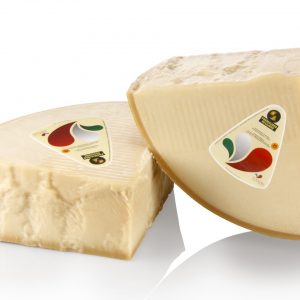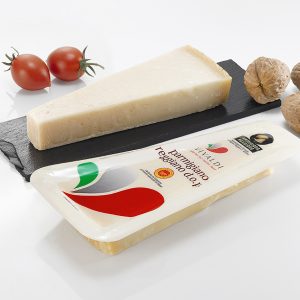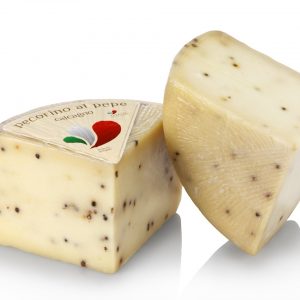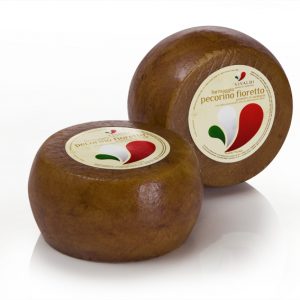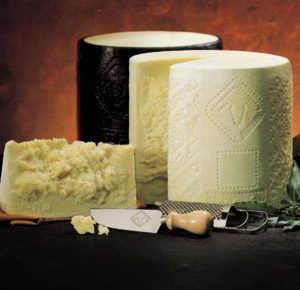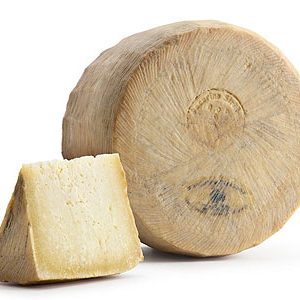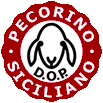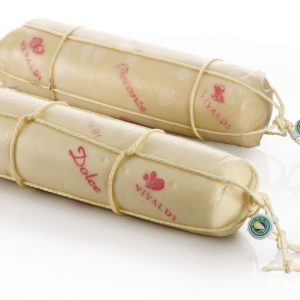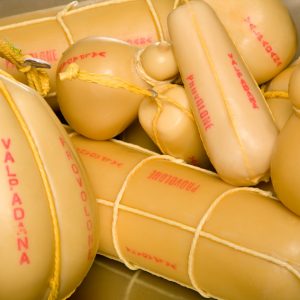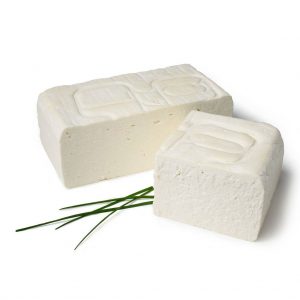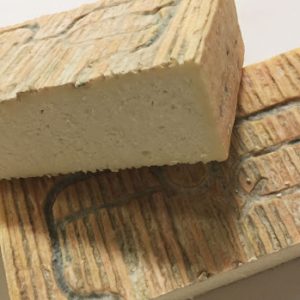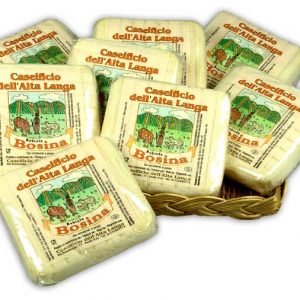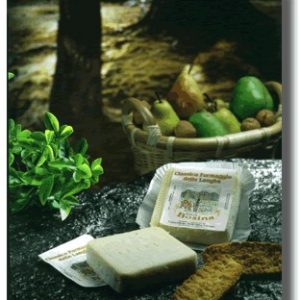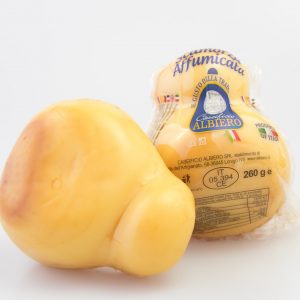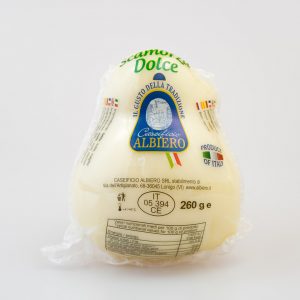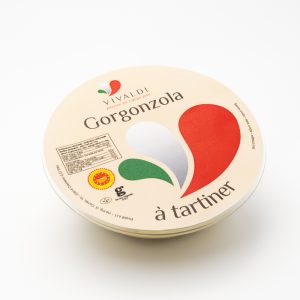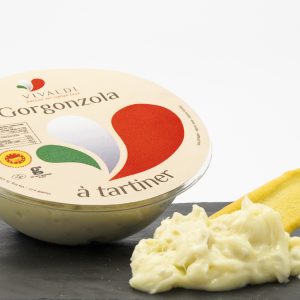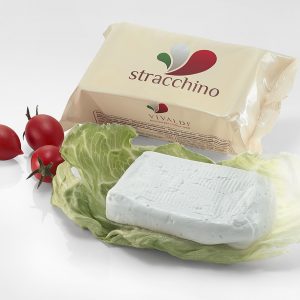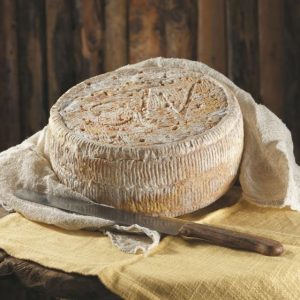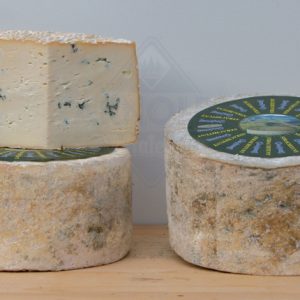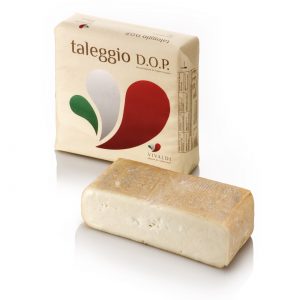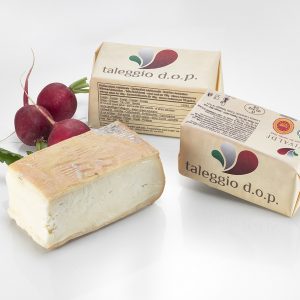Spreadable gorgonzola
It is a blue cheese, elastic and creamy, in which the tradition of Gorgonzola PDO meets the innovation of a particular creaminess that makes the Gorgonzola diffused creamy, sweet and tasty. Its taste is sweet, the marbling makes the flavor interesting but not too powerful.
The ideal would be to spread it on slices of hot bread or eat it with raw vegetables, confitur of pears or figs; all this with white wine and fruity or light beers. It is perfect for an aperitif and for the buffet preparing delicious bruschetta.
The spread of Gorgonzola is available in boxes of 200g.
Description
Spreadable gorgonzola
Spreadable gorgonzola belongs to the family of blue cheeses, because it is marbled with green veins of mould. In Italian these are called “erborinati” cheeses, from the marbling of green mould, which comes from the Lombardy dialectal term “erborin” for parsley. Gorgonzola obtained the Protected Designation of Origin recognition in 1996 and since then has been produced exclusively in Piedmont (in the provinces of Novara, Vercelli, Cuneo and in the commune of Casale Monferrato) and in Lombardy (in the provinces of Bergamo, Brescia, Como, Cremona, Milan and Pavia).
The particularity of this cheese is represented by its original production technique, which is why Gorgonzola is defined as being of “two pastes”. The curd of the evening milking is left overnight and then added to the curd of the next morning. This way, the different consistency of the two curds did not allow the paste to be mixed uniformly causing, during ageing, the formation of green mould inside; this technique of production has completely disappeared.
Gorgonzola is made from pasteurized cow’s milk, raised to about 30 degrees, to which spores of Penicillium Roqueforti, milk enzymes and liquid calf rennet are added. After about 20 minutes, the curd is broken up and moved to percolation vats to help the elimination of the whey; after a further 20 minutes, the mass formed is moved to the cheese moulds. In the following 6/8 hours, the cheeses are turned several times and the logo of the Gorgonzola Consortium is applied, with the identification number of the producer. The cheeses then go from the dairies to where they will be aged, in warm rooms called “camerini” at a temperature of 22/26° C with a humidity of over 90%, for 2/4 days in the case of Gorgonzola Dolce, at least a week in the case of Gorgonzola Piccante.
When the cheeses have lost the right amount of whey (about 20/28% of their initial weight) they are dry salted to help the formation of the rind and then moved to the final ageing cells at 4/8° C and with a humidity of over 90%. After about a couple of weeks, rods are interested into them when they are on the shelves; this procedure is essential so that the oxygen necessary for the development of the mould can enter the cheese. The ageing period lasts for a total of 60 days for Gorgonzola Dolce and 90 days for Gorgonzola Piccante.
Gorgonzola Dolce has a soft and creamy texture; Gorgonzola Piccante is chalky and very flavoursome and is similar to the English Stilton and the French Roquefort, but the latter is made with sheep’s milk.
It can be eaten as a table cheese or as an ingredient in sauces, hors d’oeuvres, pasta and rice dishes, main courses and even desserts.


